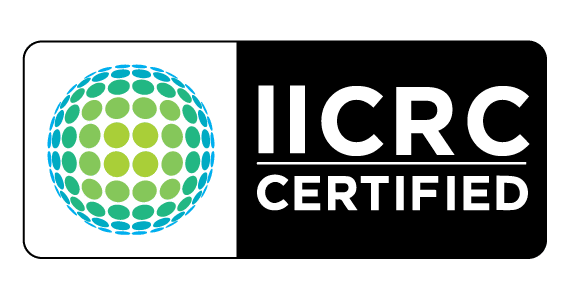
Post Flood Cleanup: A Step-By-Step Guide
Post Flood Cleanup: A Step-By-Step Guide It’s finally over! The dark clouds have cleared up, there’s blue sky ‘up yonder,’ and the rays of the
While we at Exit Mold, a New York home restoration firm serving NYC and the five boroughs for
25-plus years, won’t guarantee our blog on the types and causes of floods will make you a ‘Noah’
all; Exit Mold professionals, as Noah, do believe knowledge is of greater power in the mitigation, remediation, and restoration of a home or business from nature’s rains or plumbing pains!
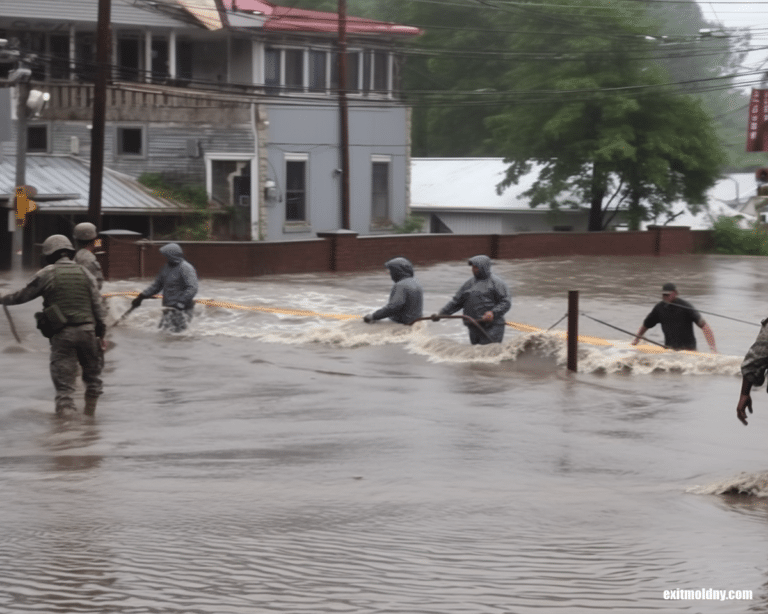
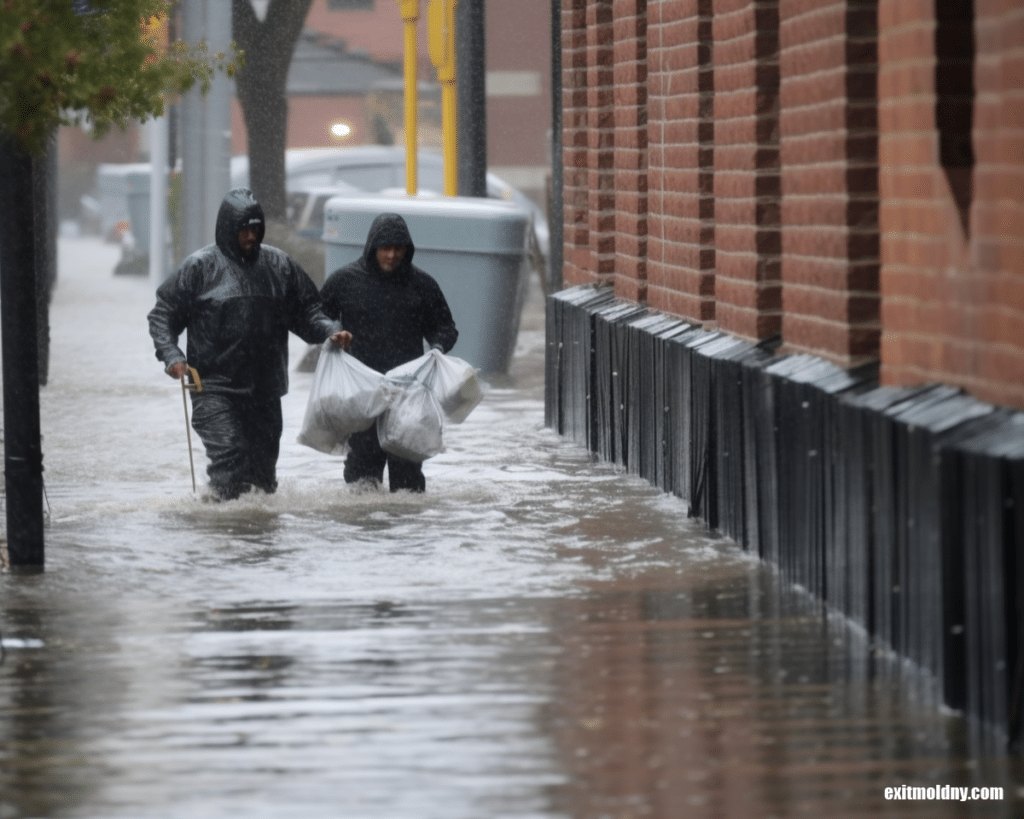
With the understanding that flood emergencies mean not using gas stoves or electric appliances nor running any water, the CDC (Center For Disease Control and Prevention) recommends storing a flood emergency 3-day food supply and 3-day water supply. There should be one gallon of water per day for each person and pet in the household. The CDC website, Food and Water Needs: Preparing for a Disaster or Emergency, provides details regarding the storage of food and water.
Have an emergency flood supply kit that includes rubber boots, non-slip shoes, and waterproof gloves for each family member.
Keep a supply of insect repellent containing DEET or Picaridin and long-sleeved and long-leg clothing for protection against mosquitoes that breed in the water.
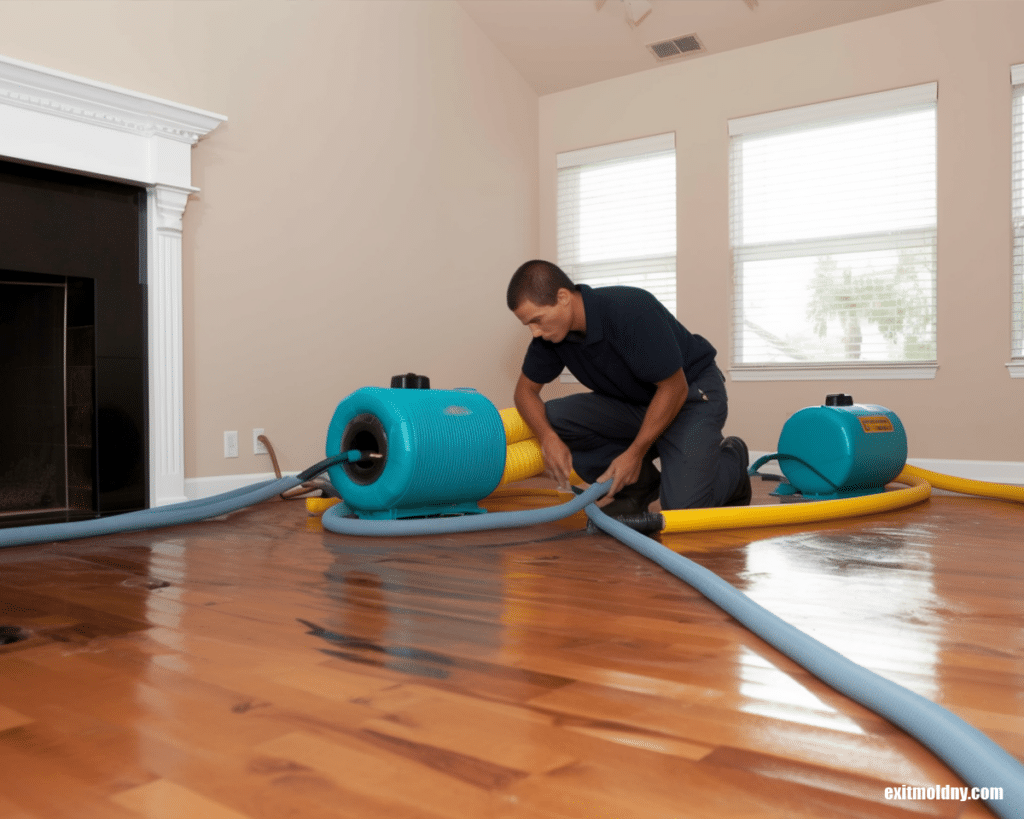
No matter how a flood happens or what damage a flood causes, businesses and homeowners of NYC and Long Island have Exit Mold, a one-stop hub for the mitigation, remediation, and restoration of a home or business after the flood. In addition to flood and water damage restoration, Exit Mold is also the source for such home restoration services as mold remediation, fire and smoke damage restoration, lead paint testing, and XRF lead testing. Do not hesitate to contact us with any questions regarding home restoration.

Post Flood Cleanup: A Step-By-Step Guide It’s finally over! The dark clouds have cleared up, there’s blue sky ‘up yonder,’ and the rays of the
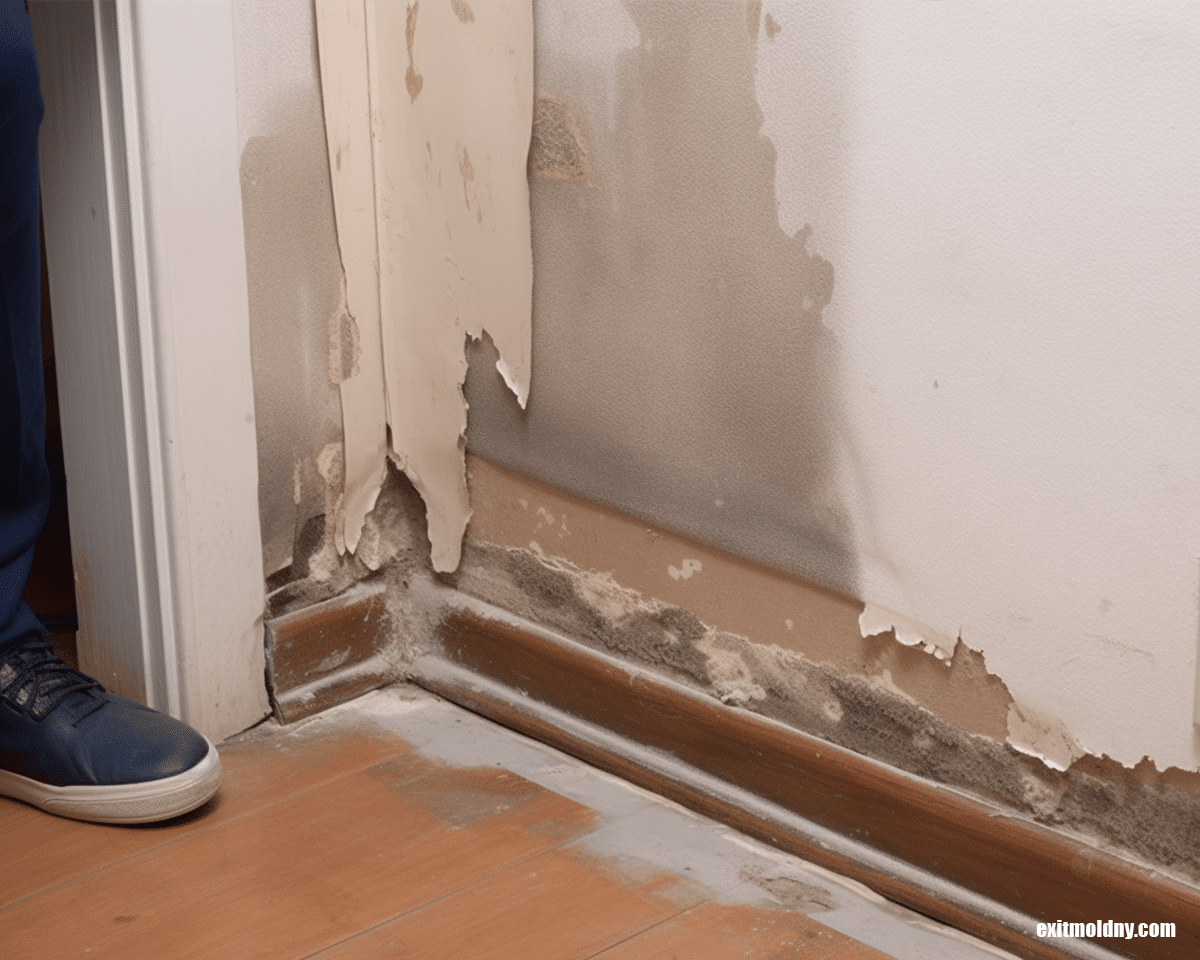
Restoring Your Home: Repairs and Renovations In our blog, A Comprehensive Guide To Cleaning Up After A Flood, we wrote about physically cleaning a home
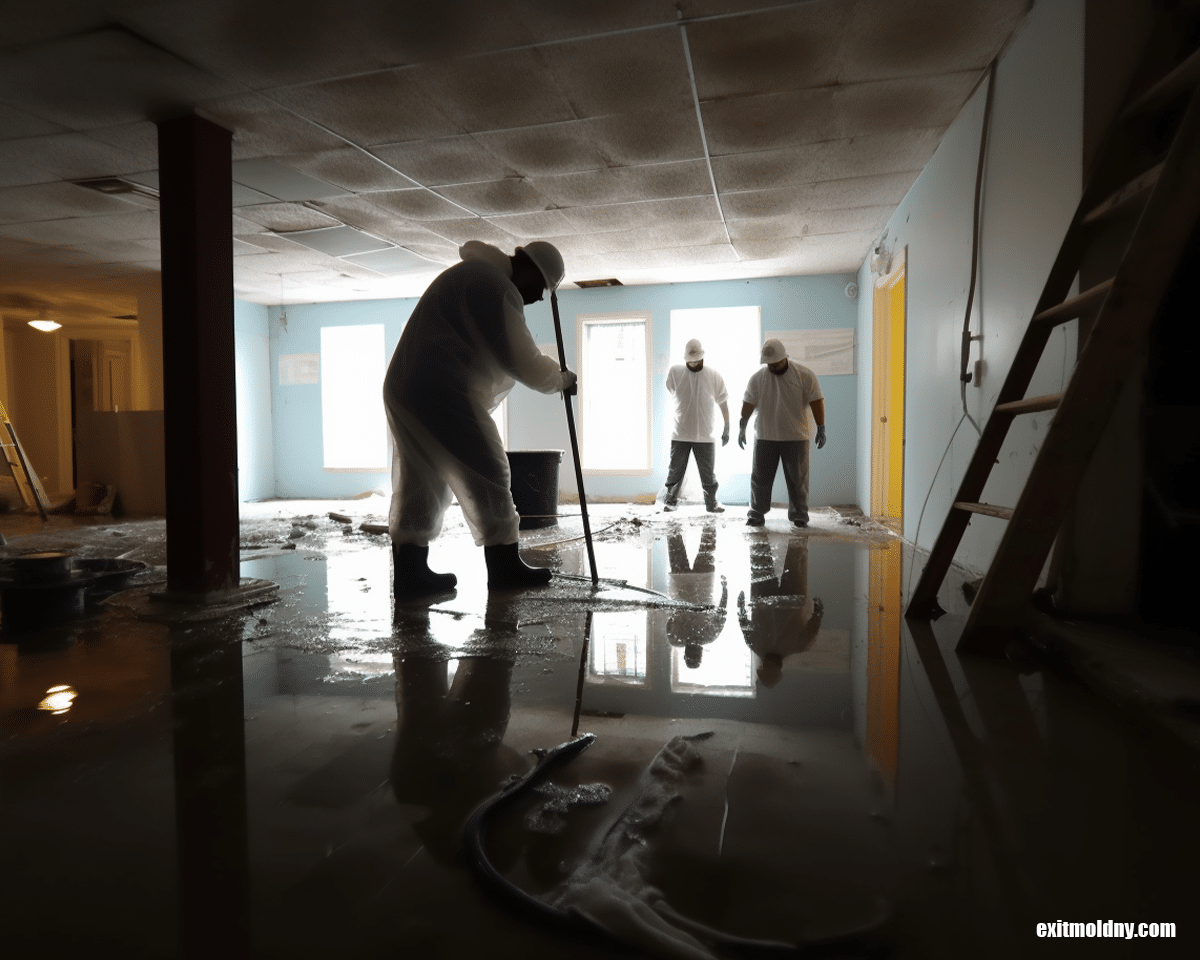
A Comprehensive Guide To Navigating Cleanup After A Flood Flash flooding is a normal phenomenon in densely populated cities such as New York, with many



New York 5 Boroughs Area
10 Brower Ave.
Woodmere, NY 11598
(516) 512-7877
Miami Dade County Area
2509 N Miami Ave
Miami Fl 33127
(786) 465-2300
